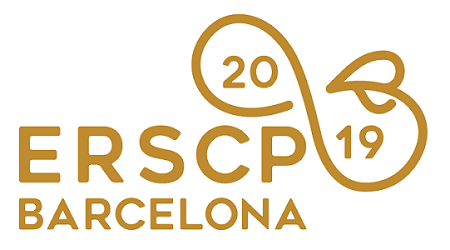Papers Proceedings »
The use phase of apparel as a chance to save resources
Apparel is an everyday product for which people want to spend less and less money. In the sense of a sustainable way of life, apparel should be preserved for as long as possible, so that we must regard it as a resource to be conserved. In the last decades, there have been many new developments and innovations in the field of fibres, fabric production and textile finishing. The result is that the complexity of textiles has become so high that their behaviour, for example in the washing process is not reflected in current research. The research question is derived from this: How do the properties of apparel and textiles change when they are washed and worn? The study begins with a literature review in order to use and further develop existing results. Preliminary tests on the textile physical properties of textiles were carried out in the laboratory in order to subsequently plan the actual data collection. The test series covers first the laundry care process and second the laundry care process and the wearing of clothing. Textile physical examinations are carried out regularly and the results are compared. In the literature review more than thirty studies on the ageing of apparel have been found and evaluated. The wearing of apparel was not considered in these studies. Another result is that the complexity of the textiles must be reduced and selected examples must be as representative as possible of the variety. Parameters such as the washing machine, the washing program, the detergent and the dirt must be oriented to household conditions and kept constant. The study examines the hypothesis that apparel changes most during the first washing cycles. By carrying out thirty washing cycles, a status quo of the ageing of apparel is created for the first time. It is the basis to improve the product apparel, to determine the effects of the washing machine and the washing program and to be able to select the optimal detergent in the future. This enables us to conserve apparel resources and use resources such as energy, water and detergents even more efficiently.
